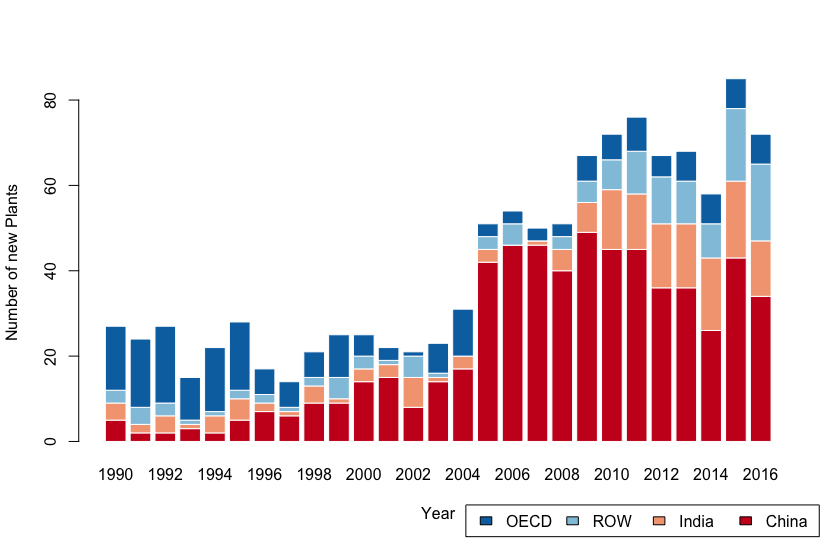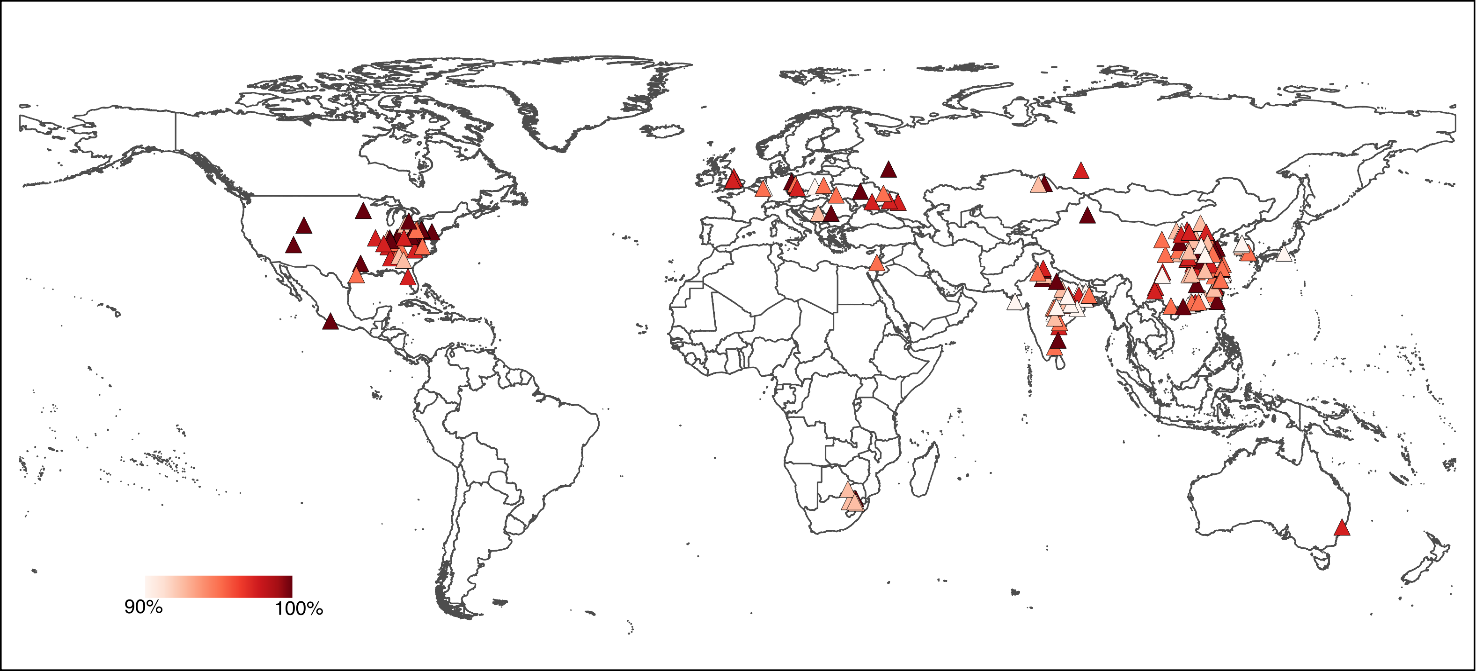Blog

In keeping in line with the Paris agreement and the 2-degree target, decarbonization of the global economy is crucial for climate stability. Beyond reductions of CO2, reducing harmful emissions of other air pollutants such as nitrogen oxides (NOx), and particulate matter (PM) is important for the general health of the globe’s population. Current pollution levels resulting from the excessive emissions of these pollutants have significant detrimental impact on health.
The retirement of coal fired power generation comes as a logical step to achieve such targets of climate stability and health improvement. Coal fired electricity generation is the most carbon-intensive form of power generation as well as a major source for air pollutants such as NOx, PM and Sulphur dioxide (SO2). True, newly added coal capacity worldwide is slowing down, yet maintaining the current increase in capacity still poses as a risk. Therefore, early retirement of some plants is crucial. In a research conducted by the Initiative for Sustainable Energy Policy (ISEP), we presented an index that identifies global operating coal-fired plants that are ripe for early retirement based on multiple factors.
Some studies have addressed the early retirement of coal-fired energy and the common strategy is the “oldest- first” strategy. This makes sense as older plants are more pollution intensive and have already served their purpose- at least for a longer while compared to the younger plants.
This strategy holds to an extent; older plants are not equipped with the same anti-pollution control technology as newer plants. They are also smaller and less efficient, and the financial loss of their retirement is much lower than that from retiring younger plants.
However, when looking at the reduction of air pollution and global health improvement; one should have a more comprehensive approach. To be efficient in retiring plants, we would want to retire plants that are, firstly, very polluting and secondly, affect a large group of people.
Therefore, to have a measure that in addition to age is also able to account for climate change (CO2 emissions) and population exposure to plants’ air polluting emissions (NOx, PM and other air pollutants) is of great importance.
At ISEP, we did just that; we introduced an index that ranks plants based on 3 criteria: CO2 emissions per plant, population exposure to emissions, and age of plant. Our findings present an interesting picture:
- Age is not everything
True, older plants are less efficient and more pollution intense. Their retirement is also financially less painful, as their future value is lower than younger plants. However, they are also on average smaller in terms of capacity and may actually emit less CO2.
Taking climate stability into consideration, the amount of annual CO2 emissions of plants is a critical factor for retirement decisions.
In this case, age is not a sufficient factor to rank the plants upon and –both- the global warming as well as the air pollution prospect of the plant and the resulting population exposure to those harmful emissions need to be taken into consideration.
- Good candidates for early retirement are older coal-fired plants located in China and India
Commonly, the focus in early retirements is on OECD countries. This approach is not unreasonable for two main reasons. First, OECD countries have a higher share of older plants that tend to be less efficient, more polluting. Additionally, this approach follows the notion of “common but differentiated responsibilities” by the UNFCCC (United Nations Framework Convention on Climate Change), where countries that benefited the most from industrialization have to pay more.
While this strategy has its merits, it overlooks some important factors. For one, newly constructed plants are located mostly in China and India (Figure 1), where the population exposure to plants emissions is much higher.

Figure 1: Number of new coal-fired plants per region across the years. ROW (Rest Of the World) refers to the plants located outside of the other 3 regions identified in the figure.
Source: Data collected by authors
Including all three variables, the picture painted on the plants retirement differs from the general picture presented in the global policy discourse. Plants located in developing countries such as India and China come on top more frequently than plants located in the U.S. and Europe that usually are dominating the list of early retirements (Figure 2).

Figure 2: Top 10% of plants recommended for early retirement per the index.
Source: Data collected by authors.
The bottom line is that the early retirement of some coal-fired power plants is inevitable and the key question is how to prioritize the plants. Age is insufficient on its own, especially if the aim is climate stability and a better global health. Including factors that play a direct role in these problems: actual CO2 emissions and the population exposure to air pollutant emissions (such as: NOx, PM and SO2), is of utmost importance.
***
Nada Maamoun is a PhD student at the faculty of economics at the University of Hamburg and a teaching and research assistant at the Helmut-Schmidt University in Hamburg, Germany. She is also a student researcher at the Initiative for Sustainable Energy Policy (ISEP).
